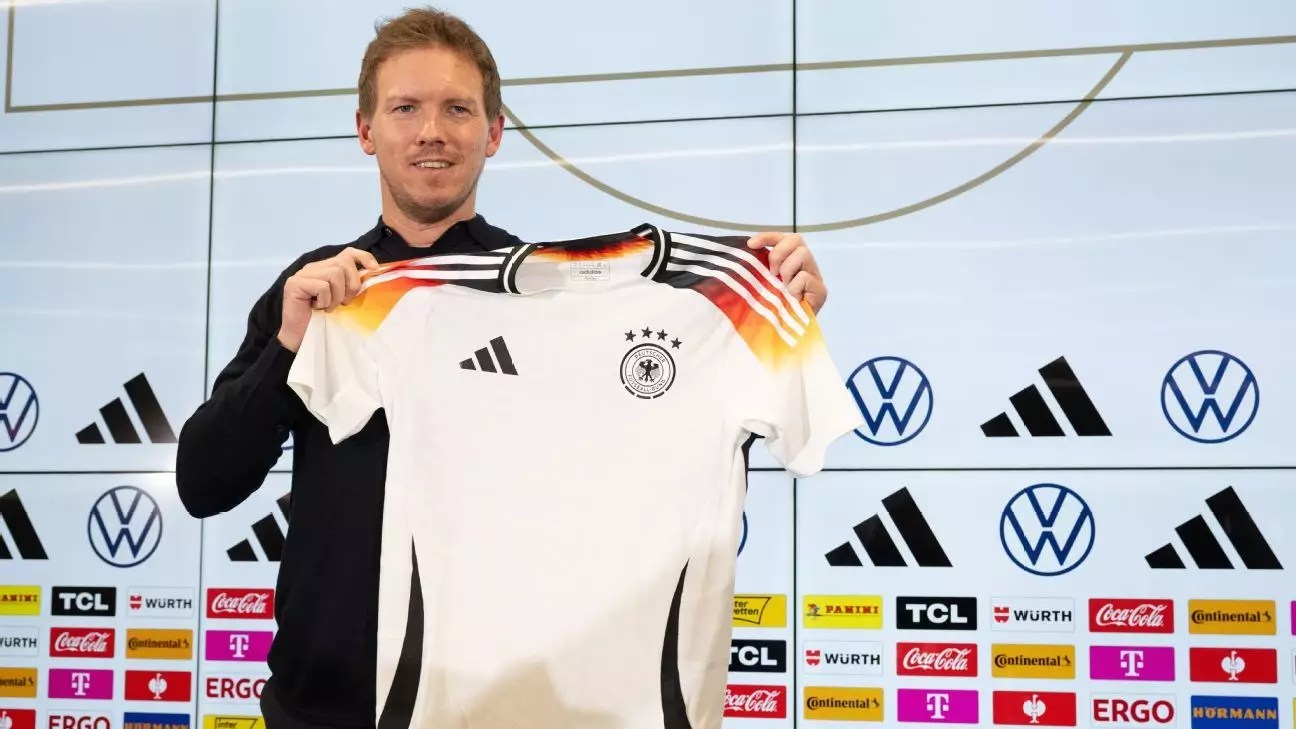In a surprising turn of events, the German soccer federation (DFB) announced that they will be ending their long-standing relationship with Adidas and switching over to American sportswear giant Nike as their apparel and equipment supplier from 2027 to 2034. This decision marks the end of a 70-year partnership between Germany’s national teams and Adidas, a relationship that has been deeply rooted in the history of German soccer.
The DFB defended their choice to switch to Nike despite the strong emotional ties to Adidas, stating that the decision was primarily based on economic factors. The DFB emphasized that their priority is the development of soccer in Germany, with over 24,000 clubs and 2.2 million active players under their wing. The association highlighted that the financial offer from Nike was significantly superior to any other offer received during the tender process, leading them to make the difficult decision to end their partnership with Adidas.
Adidas has been a significant part of German soccer history, providing gear for all of Germany’s men’s World Cup titles, European titles, as well as the women’s World Cup and European titles. The relationship between Adidas and German soccer dates back to the early days of the sport, with the founder of Adidas, Adi Dassler, sitting on the bench during Germany’s World Cup victory in 1954. Despite the long history and contributions of Adidas to German soccer, the DFB felt that the financial offer and vision presented by Nike aligned more closely with their future goals.
The decision to switch to Nike was not taken lightly, as it signifies a significant change in the landscape of German soccer. The DFB emphasized that the economic stability and long-term commitment shown by Nike played a crucial role in their decision-making process. With the new deal, the DFB anticipates a brighter future for German soccer, with increased support for grassroots sports, women’s soccer, and overall development of the sport in the country.
While the DFB sees the switch to Nike as a step towards a more sustainable future for German soccer, not everyone is pleased with the decision. Some, like German Vice Chancellor Robert Habeck, express concerns about losing a part of German identity by parting ways with Adidas. The three stripes on the German jersey have become synonymous with the team over the years, making the transition to Nike a significant change for both players and fans alike.
The decision to switch from Adidas to Nike marks a new chapter in the history of German soccer. While the emotional ties to Adidas run deep, the DFB’s commitment to the growth and development of the sport ultimately led them to choose Nike as their new partner. Only time will tell how this transition will impact German soccer and whether the new partnership will bring success and stability to the national teams.


Leave a Reply